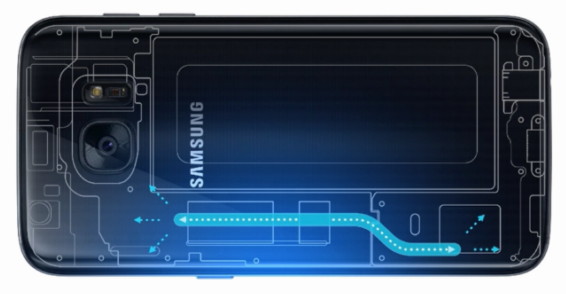Search result

Do you know how a mobile app is made? If you have ever thought about building your own app, then you've probably heard at least something about mobile app development. Building your very first app is not an easy thing to do.
In fact, it is a job for a mobile app development service, which knows exactly how to code, use graphics, text, and buttons, respond to user interaction, make your layout work on multiple screen sizes and so on. Creating an Android or iOS app and making it work on mobile devices seem to be a real science or art for those, who know nothing about it. In fact, everything is not so complicated, at least for a professional developer.
So, let's have a look what exactly a mobile app development is.
The Fine Art of Building a Mobile App
First of all, let's make it clear that as with any other technical process, a mobile app development has a fixed lifecycle of concrete steps, which have to be done. In order to deliver a successful mobile app project all of those steps have to be followed and completed. If not, you have lower chances of making your app stand out among millions of similar applications in Google Store and App Store.
So, to build a winning app, a team of professional developers and managers work on:
● Improving the concept;
● Researching;
● Designing;
● Developing;
● Testing;
● Release.
Having a great idea is not enough to build a good app. Before providing any details and fulfilling them in real life, you have to polish the purpose and the mission of an app. What kind of problem is it going to solve? What is it going to do? And what particular niche is it going to take?
Then, you have to analyze the market, comparing already existed applications in the same niche and finding inspiration for a personal style and design in your own app. After this, you need to start working on wireframes, system design, user interface design, and so on. Then, the development phase, where the system is being developed and the tests are being held, begins. This is one of the most time-consuming phases as there is a lot of testing work, which has to be done in order to produce a qualitative and competitive product. The testing phase is one of the most important ones. If you miss even the smallest bug you risk losing a higher number of potential customers in the future. So, this part has never to be neglected.

And the last but not the least is a release phase, where you launch an app on the market. Though this part seems to be the easiest one, it also represents quite a complicated process. Releasing a product is about promoting an app and gathering along analysing the feedback from the users.
So, that's all for building a mobile app. As you can see, it is quite an interesting but difficult process if you have no a programming experience or at least some kind of knowledge in it.

Teardowns of the S7 and S7 Edge had revealed a curious flat piping system around the CPU of the two devices and Samsung has now confirmed it to be a cooling system designed for mobile gamers. This cooling apparatus is actually an incredibly slim thermal spreader that is linked with the Game Launcher apparatus designed to keep the devices cool even during intense 3D gaming for long stretches.
.jpg)
An interview with the engineering team of Samsung smartphones revealed that this little heat pipe is the smallest and thinnest heat spreader made for a smartphone till date. In fact, those little flat pipes might even be the most compact ones available in the market today. The pipe which is 0.4mm in diameter and has a space of 0.2mm inside was designed from scratch as there was nothing readymade in the industry which the engineers could use successfully without tampering with the design of the S7 series. There was experimentation with different metal mesh and alloys by the engineers and as a result, the tiny thermal spreader is fifty-times for conducive to heat, when compared to pure copper!
A very small amount of water inside the flat pipe helps in spreading the heat evenly. As the temperature rises high enough near the processor, the water evaporates and moves to the cooler side where it then condenses back into liquid form. The liquid water travels back near the processor and the cycle continues. This ingenious apparatus is the reason as to why thermal-throttling will never be an issue with the S7 series of smartphones (hopefully).
© 2023 YouMobile Inc. All rights reserved





